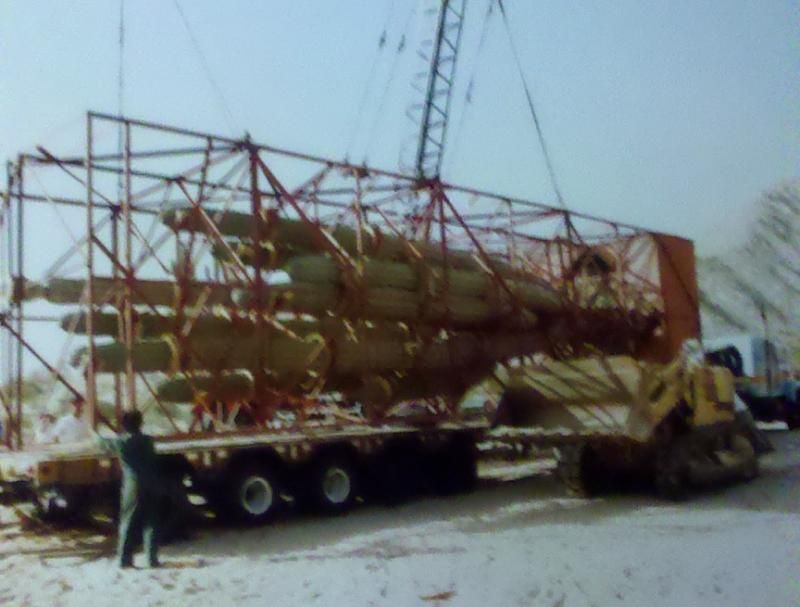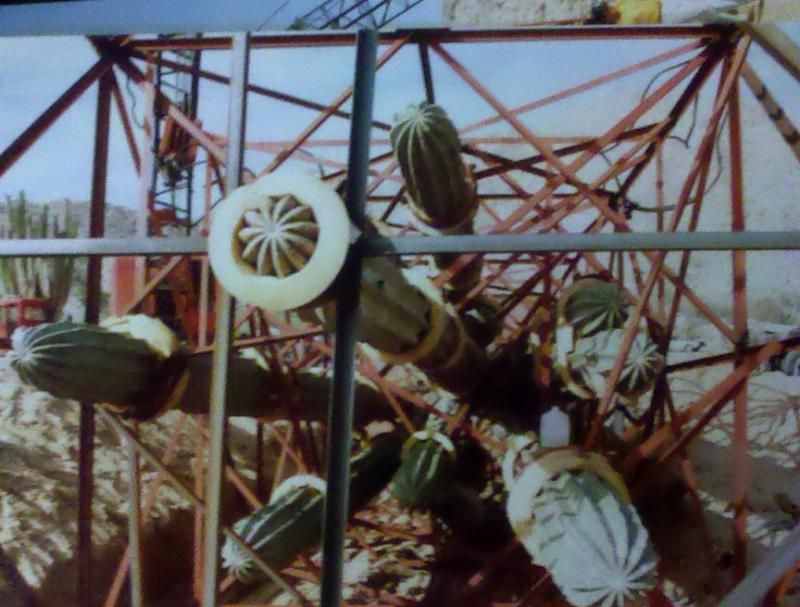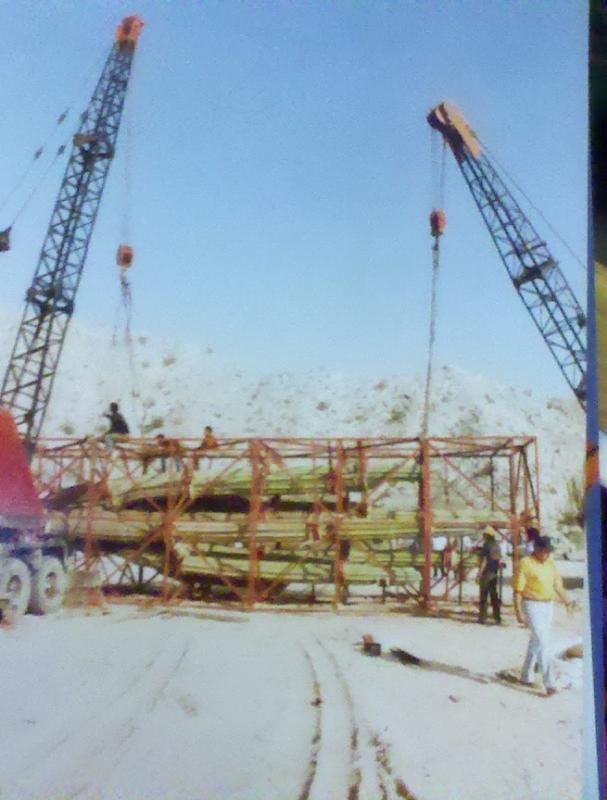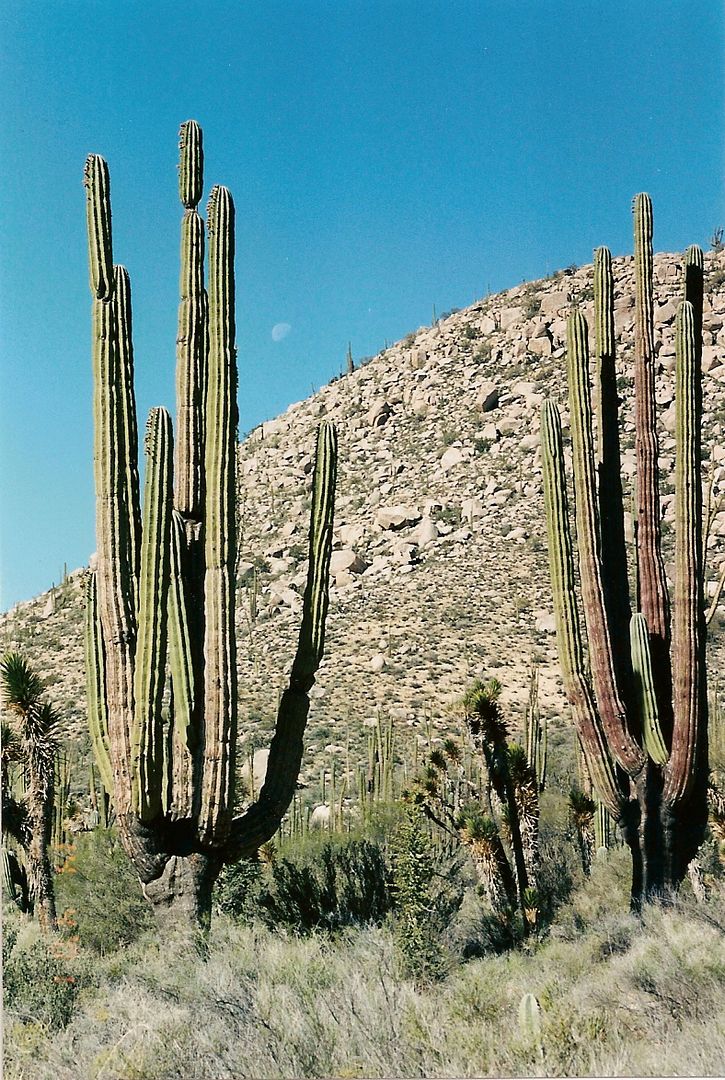| Quote: |
| Originally posted by Ken Cooke The cardon are massive south of San Felipe (near Punta Estrella Campo). This is on private land - it has a self-guided tour where you can view the different sections of the grounds with plenty o Cardon Cactii. |


| Quote: |



| Quote: |
| Quote: |
| Quote: |
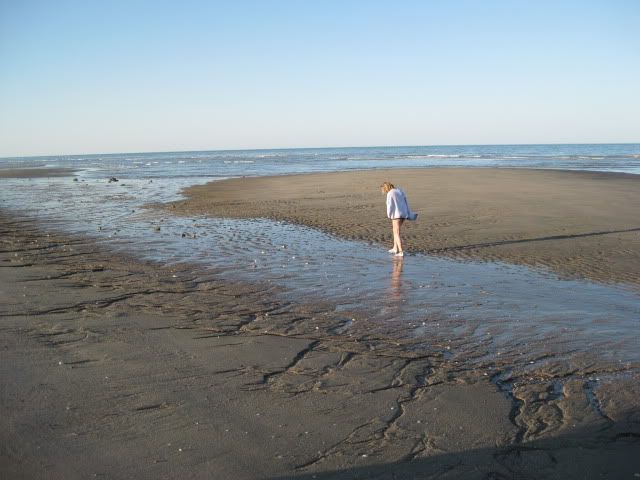
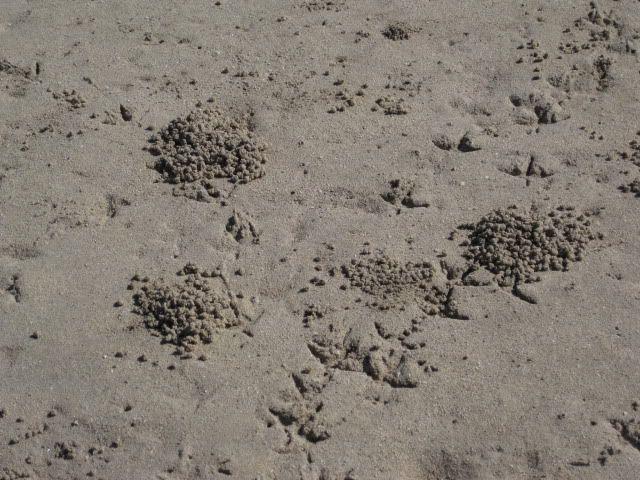
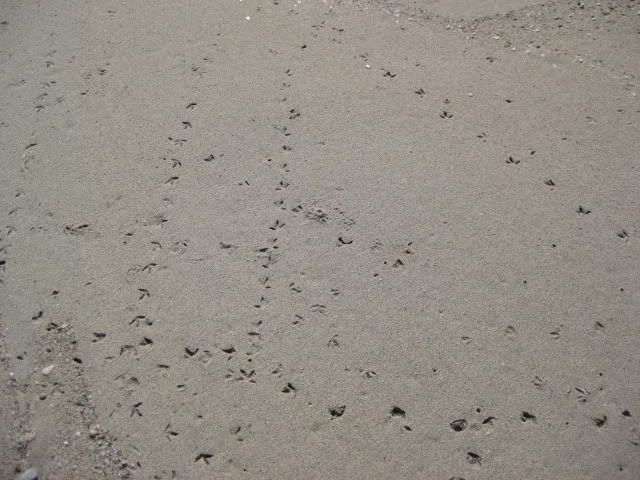
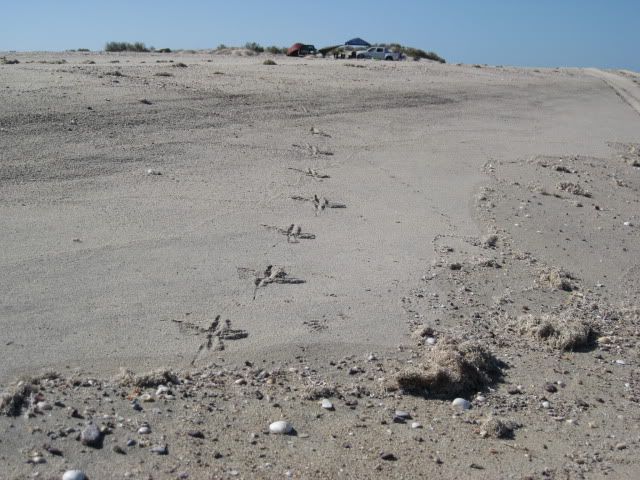
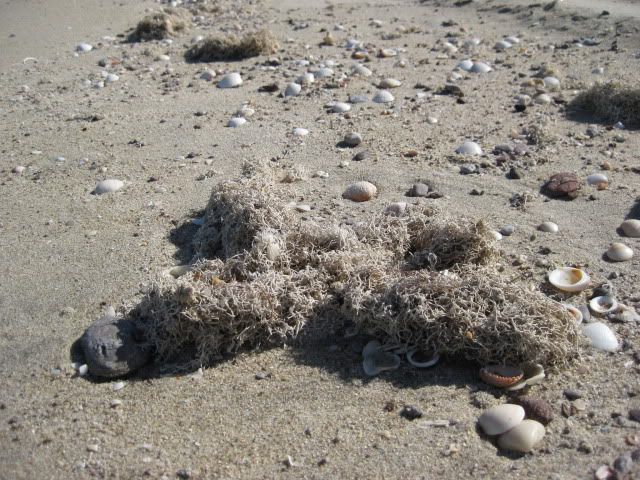

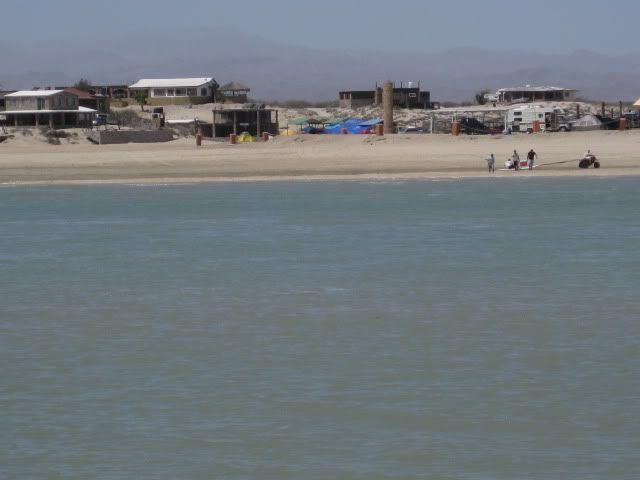
| Quote: |
| Quote: |
| Quote: |
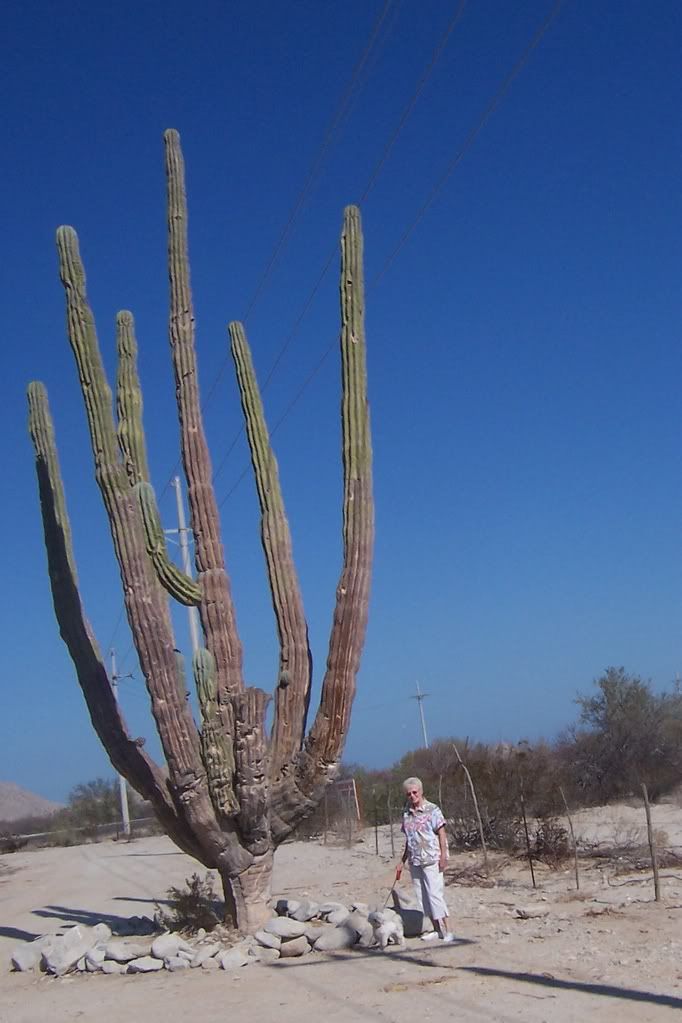
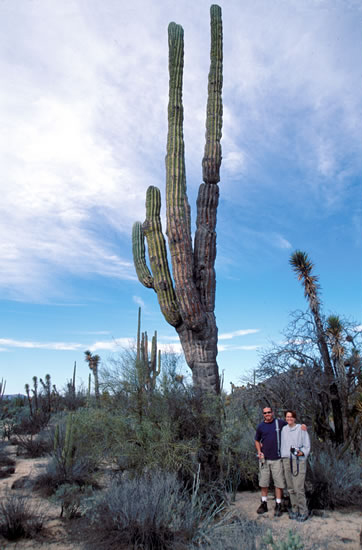
| Quote: |
| Quote: |
| Quote: |


| Quote: |
